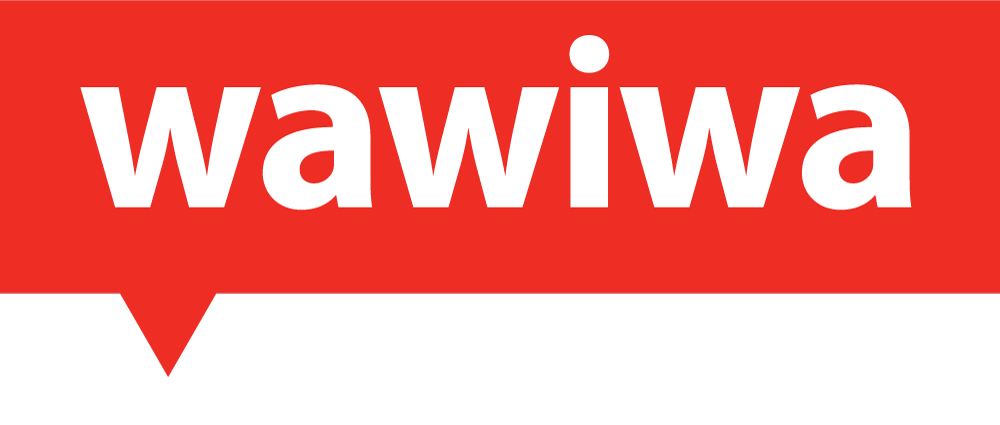Deciding whether to upskill your existing team or hire new talent might feel complicated. In this blog, we’ll simplify that decision. We’ll walk through each approach, exploring how upskilling your existing team can foster a culture of continuous learning, and examining the circumstances under which hiring new talent can introduce fresh ideas and skills. While the future of work is ever-evolving, making the right choice for your company in a timely manner is crucial.
Upskilling: Enhancing Skills to Match Business Needs
You’ve probably heard the term “upskilling” tossed around but let’s first define it. Upskilling is enhancing the skills of your existing workforce to align with the evolving demands of their roles or your business. Similar to upgrading the software on your desktop – you’re using the same resource, but giving it updated capabilities, so it can do more things and perform better. The human ability to learn new things is inherent, but employees’ desire and ability to learn new skills might differ.
Upskilling has concrete, strategic advantages for your company.
- Match employee skills and capabilities to those your business needs to succeed: For employers, investing in upskilling initiatives, aligns workforce skills with organizational needs, ensuring that people and teams are both equipped and proficient in the latest technological advancements. This alignment is crucial. Upskilling in technology keeps the workforce agile and responsive. As new technologies emerge and industry demands shift, a team that is continuously learning and upskilling can adapt quickly, maintaining the company’s competitive edge. This is especially vital in areas like data analytics, cybersecurity, and digital marketing, where the pace of change is relentless.
- Enhancing employee morale: Most employees love training and learning new things on the job. First, it gives them some diversity in their day to day, letting them dedicate time to learning rather than working. Upskilling helps employees improve their capabilities and do their job better. It also gives them new skills that might improve their market worth and make them more desirable to other employers in the market.
- Cost-Effectiveness: Training your current team is often more cost-efficient than investing in recruiting, hiring, and onboarding new staff. This includes costs related to advertising job positions, recruitment agency fees, and the potential downtime while new hires get up to speed. In fact, organizations that choose to upskill their workforce rather than replace employees could save between 70% and 92% on average.
- Cultivating a Learning Culture: Upskilling fosters a culture of continuous learning and adaptability within your organization. This not only prepares your team for future technological advancements but also makes your company more attractive to potential employees who value professional growth and development.
- Retaining Institutional Knowledge: By upskilling your current employees, you retain valuable institutional knowledge and experience. New hires may bring in new skills, but they lack the understanding of your company’s unique processes and culture, which long-term employees have.
- Rapid Implementation of Skills in Existing Projects: Upskilling current employees enables them to apply new skills directly and immediately to ongoing projects. Unlike new hires who require time to adapt to your company’s environment and current projects, upskilled employees can seamlessly integrate their new knowledge into their existing work.
- Strengthening Client Relationships: If your employees already have established relationships with clients, upskilling can be particularly beneficial. Clients often prefer to continue working with the same team members, with whom they’ve built trust and understanding. By enhancing the skills of the current employees, you ensure that your clients are served by professionals who are both familiar with them and equipped with the latest knowledge and skills. This continuity can lead to stronger client loyalty and satisfaction, contributing significantly to business stability and growth.
However, upskilling is not a one-size-fits-all solution. It requires time and resources, and there might be situations where the skill gap is too large or specific, making hiring new talent with the necessary skills a more practical choice. Additionally, the pace of technological change can sometimes outpace the ability to upskill. It’s crucial to evaluate these factors to determine whether upskilling aligns with your immediate and long-term business objectives.
Hiring New Talent
When it comes to bringing fresh perspectives and skills into your company, hiring new talent can be a powerful strategy but it’s important to acknowledge the potential drawbacks as well.
- Introduction of New Skills and Perspectives: New employees bring in skills and viewpoints that your current team may lack. This infusion of fresh ideas and approaches can stimulate innovative thinking and creativity within your organization.
- Filling Skill Gaps Quickly: Sometimes, the skills your company needs are highly specialized and not easily developed through upskilling. In these cases, hiring someone with those specific skills can be a faster or more efficient solution. For instance, if your company is venturing into a new tech field like artificial intelligence, finding someone who’s already skilled in these areas can be more effective than trying to upskill existing employees from scratch. This can accelerate project development and enable your company to quickly adapt to new market opportunities.
- Cost-Effectiveness with Entry-Level Hires: Hiring entry-level employees, potentially those who have recently completed reskilling programs, can be a cheaper and better way to go. Young talent might get lower salaries than your current staff and be more eager to apply their new skills at the workplace.
- Potential for Long-Term Growth: While new hires require an initial investment in terms of recruitment and training, they can also offer long-term growth potential, especially if they grow with the company and develop into future leaders.
Understanding Your Company’s Needs
Before you decide on upskilling or hiring new talent, it’s crucial to have a clear understanding of what skills and talent your company actually needs. Identifying your company’s specific skill gaps would help you go for the solution that aligns best with your business goals.
Step 1: Assess Current Skill Sets and Future Needs
Begin by evaluating the skills currently present within your team. What are the strengths and weaknesses? Are there gaps that need filling for upcoming projects or long-term goals? What technologies and tools are needed to succeed in your industry and markets? If you feel that your current employees are not equipped to meet your business’s evolving demands or are resistant to the idea of upskilling, then bringing in new talent with the necessary skills might be the right move. However, if you believe in your team and they are open to learning and growing within their roles, then upskilling your current employees could be more beneficial for your company.
Step 2: Consider Company Culture and Employee Morale
Your decision regarding upskilling will impact not only the capabilities of your team, but also the culture and morale within your organization. Upskilling can boost employee loyalty and satisfaction, as it shows investment in personal and professional growth. On the other hand, new hires can bring fresh energy and perspectives, which can stir up excitement and inspire everyone to think and work in new ways. However, this could also signal to the existing workforce that they’re not capable of adjusting to changes and might become redundant in the future. Think about what message you want to send to your employees.
Step 3: Analyze Cost and Time Implications
Budget and time are crucial factors in your decision. Upskilling might require a significant investment in training programs and time before you see results, and also necessitate that you give existing employees time off-work to study new things. Hiring new talent, on the other hand, can take a long time if talent is not available. Once the new talent is recruited – you’ll face large recruitment costs, and an adjustment period, after which you’d have the new skills readily available. It’s a bit like choosing between renovating your old, comfortable home or moving to a new shiny house – both have costs and benefits that need careful consideration.
Wawiwa’s Upskilling Programs
Wawiwa is a global tech education provider, offering reskilling and upskilling programs tailored to the latest industry needs. With a diverse range of programs covering areas like Data Analysis and Cybersecurity, Wawiwa equips employees with the most up-to-date knowledge and tools in each profession. Whether employees are looking to update their existing knowledge or learn entirely new skills, Wawiwa’s programs are designed to equip them with everything that is needed to succeed in their role at that point in time, and going forward – by encouraging lifelong learning skills.
Conclusion
Developing new skills for your company is an absolute necessity. The choice between upskilling your team and hiring new talent is a difficult decision that also makes a statement about your company’s existing team, your vision, and your values. For each function and technology that your company needs, you need to choose whether to harness the potential within your team or to inject new skills through hiring fresh talent. Make this choice not just with your business’s current needs in mind, but as a step towards a successful future for your company, which would enable it to adapt and lead the way with innovation.



